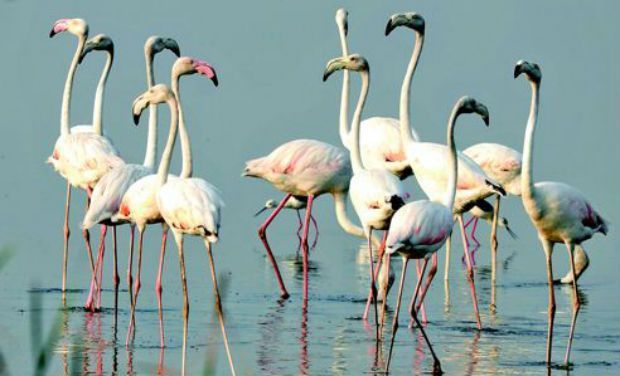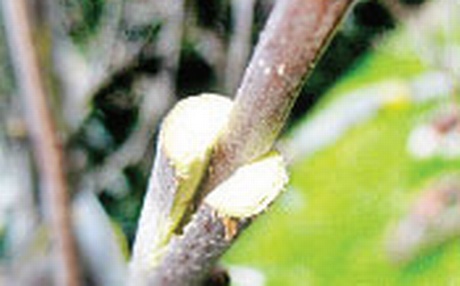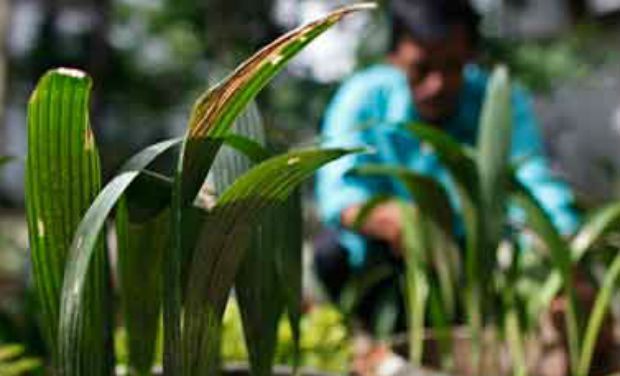
Anantapur:
Revenue minister N. Raghuveera Reddy on Thursday launched ‘Project Anantha’, an innovative project with five year-plan, with an estimate of Rs 7676 crore at Rythu Bazaar here on Thursday.
The project was designed to take all available measures to overcome severe drought situation in the district as Anantapur is located in rain-shadow region, made permanently drought with second lowest rainfall district in the country.
Raghuveera Reddy had inaugurated the Project Anantha office at Rythu Bazaar premises on the occasion.
Speaking at the programme, the revenue minister said that this was the first ever project designed in the country allocating separate budget in the five year plan from 2013-14 to 2017-18 based on the recommendations of ICAR committee report.
“The ICAR committee had studied all the relevant concerns and issues of agriculture and allied sectors in detail made an assessment of natural resource base, crops, livelyhood opportunities available in the district in a scientific way,” he recalled.
Referring to introduction of all sectors in the Project, Raghuveera Reddy observed that techno-development action research project leveraging specific agriculture, sericulture and dairy technologies for result oriented development.
Revenue minister also said Project Anantha collaborated with ICAR and universities of agriculture, horticulture and animal husbandry departments for its implementation.
“The Project requires Rs 7676 crores of which Rs 3550.078 crores from various departmental resources, subsidy, beneficiary contribution. And intends to mobilise an amount of Rs 836 crore through banks,” he said.
As part of the introducing the project, 14 villages of 14 Assembly segments have been selected for pilot project and later extended to all the villages, he said, adding that the Project Anantha programme should have no link with the elections and politics as all representatives and leaders sought district should overcome drought situation.
He expressed confidence the new project with all allied sectors would certainly uplift farmers of Anantapur.
MP Ananta Venkatarami Reddy, MLAs Madhusudhan Guptha, B.K. Parthasarathi, Abdul Ghani and B. Gurunath Reddy, collector D.S. Lokesh Kumar, Project Anantha Chairman Chandramouli were among participated in the programme.
source: http://www.deccanchronicle.com / Deccan Chronicle / Home> News> Current Affairs / DC / January 03rd, 2014




